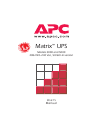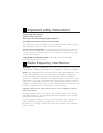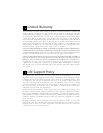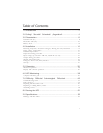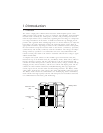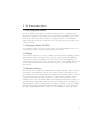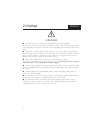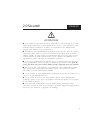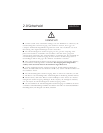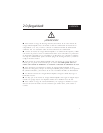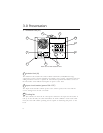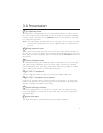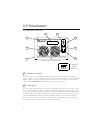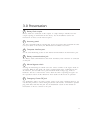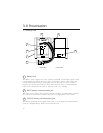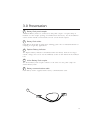
3
1.2 Hot swappable modules
The IU is capable of autonomous operation and allows service or upgrade of the
Electronics Unit without interruption of power to the load. In addition, a worn Battery
Pack can be replaced, or new packs can be added, while maintaining power to the
load. In the event of EU failure, functions controlled by the EU are automatically
bypassed and the IU operates autonomously. For servicing, this bypass mode may be
selected manually.
1.3 Emergency Power Off (EPO)
For applications where, for safety reasons, power to all room equipment may be cut
off, the UPS provides a remote Emergency Power Off interface.
1.4 Display
Local UPS user interface is served by a display and control panel containing a back-lit
2×16 character display and three buttons. Using the buttons, menus for displaying
UPS status, UPS control commands, UPS setup, UPS tests and UPS diagnostics are
shown. Critical UPS functions can be password protected. A loud audible alarm warns
of operating modes that could result in the loss of power to the load without user
intervention.
1.5 Remote interfaces
The UPS provides a full RS-232 communications computer interface. When used with
PowerDoctor UPS monitoring software and a serially connected local DOS PC, the
local display and control panel functions are duplicated and power quality events can
be logged. PowerChute plus offers the features of PowerDoctor, and the control of
orderly and unattended network or multi-user computer system shutdown. Also
available for the UPS is the SNMP (Simple Network Management Protocol) Adapter to
provide load-type independent remote monitoring and management over Ethernet or
Token Ring based LANs or WANs capable of routing IP messages. Using any standard
Network Management System (NMS) and the SNMP Adapter, the UPS is manageable
through a single familiar interfacefrom across your building or across the world.
1.0 Introduction



